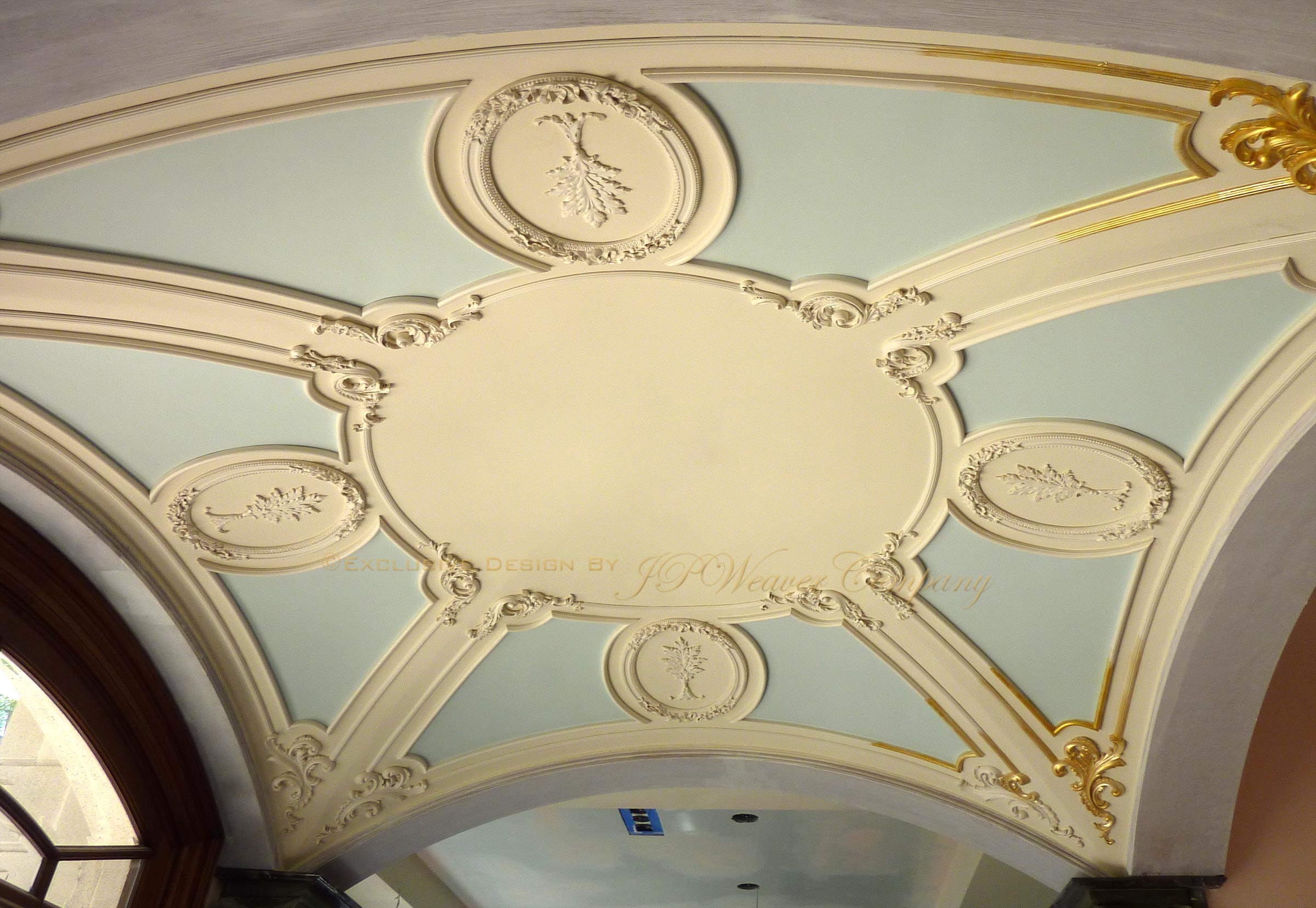
Groin Vaulted Ceilings made their first appearance in Ancient Anatolia circa 200 BC. and were later adopted by Roman Architects in a variety of structures. Their application was ubiquitous in this era and we see extant vestiges and remnants of these beautiful elements in ancient halls and baths.
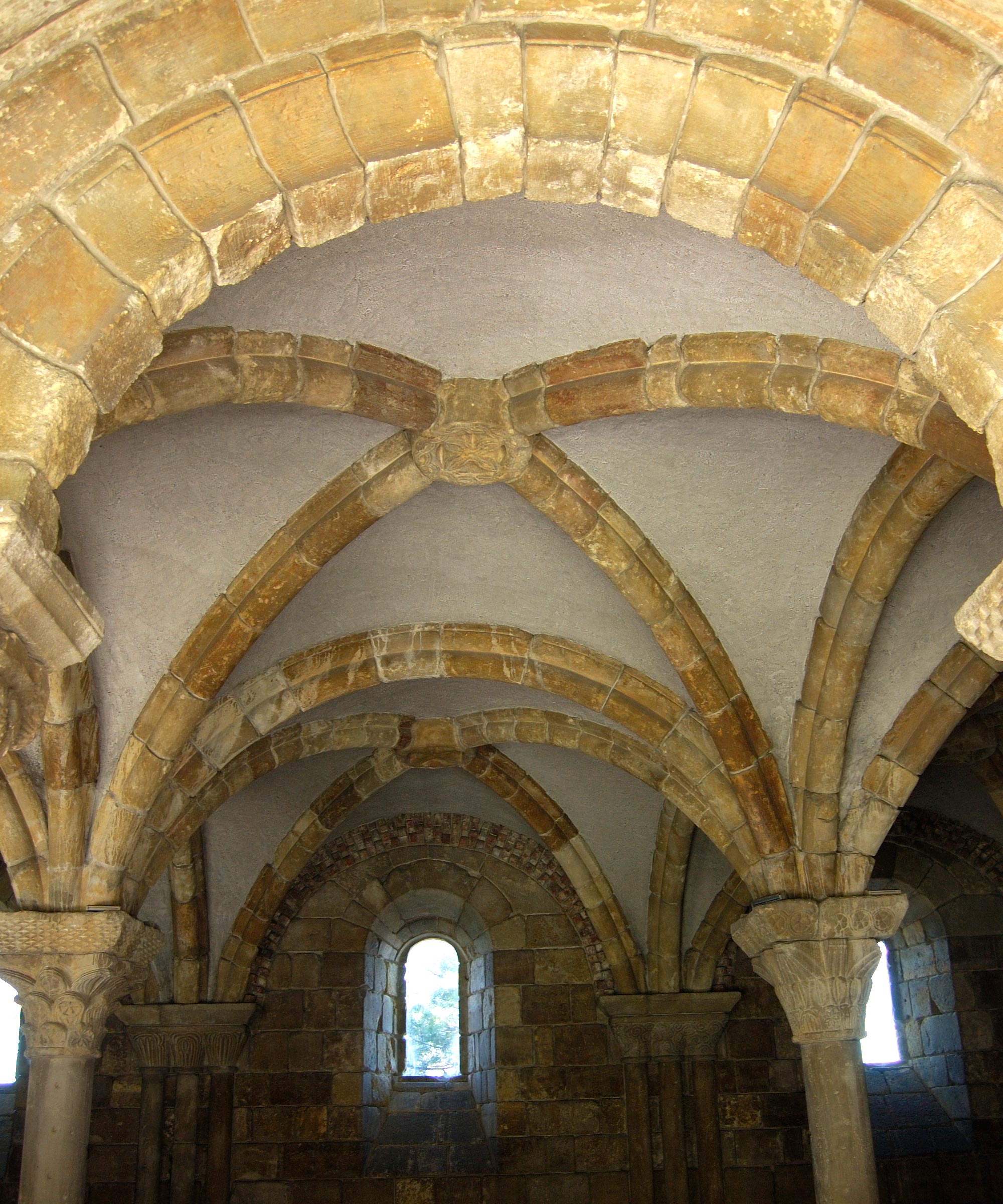
Later in the Middle Ages, this Romanesque Groin Ceiling design was perfected by architects and builders for the Gothic Designs in much, if not most, of the cathedrals throughout Europe. These ceilings were difficult to construct because the geometry of the vaults required the greatest of talents from the most elite architects and stone masons of the day.
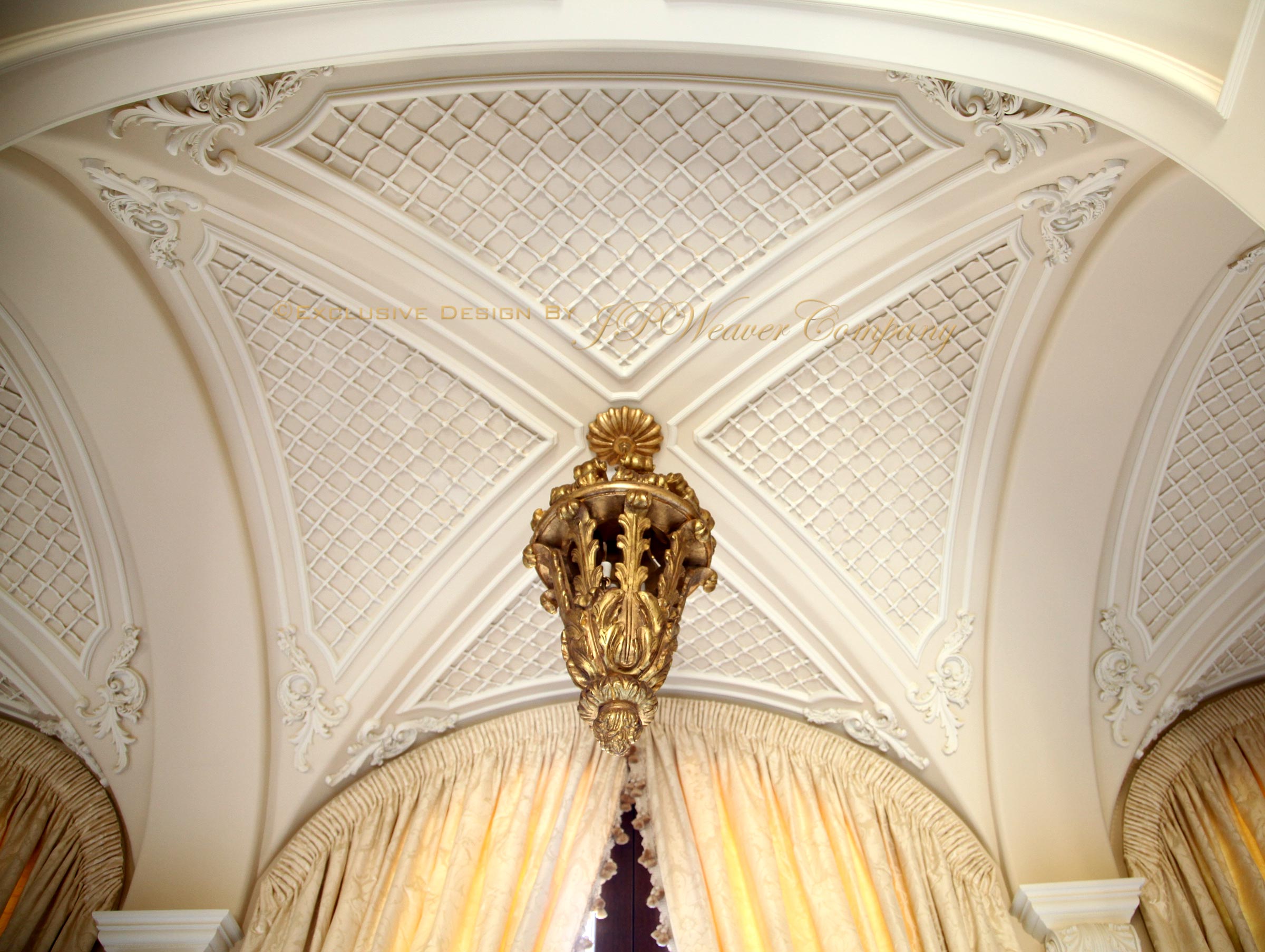
Beyond the Middle Ages, the Groin Ceiling enjoyed a prominent appearance during the Renaissance in many of the churches throughout Florence and other Italian principalities. The fruits of these historical labors have yielded some of the most awe inspiring architecture ever seen.
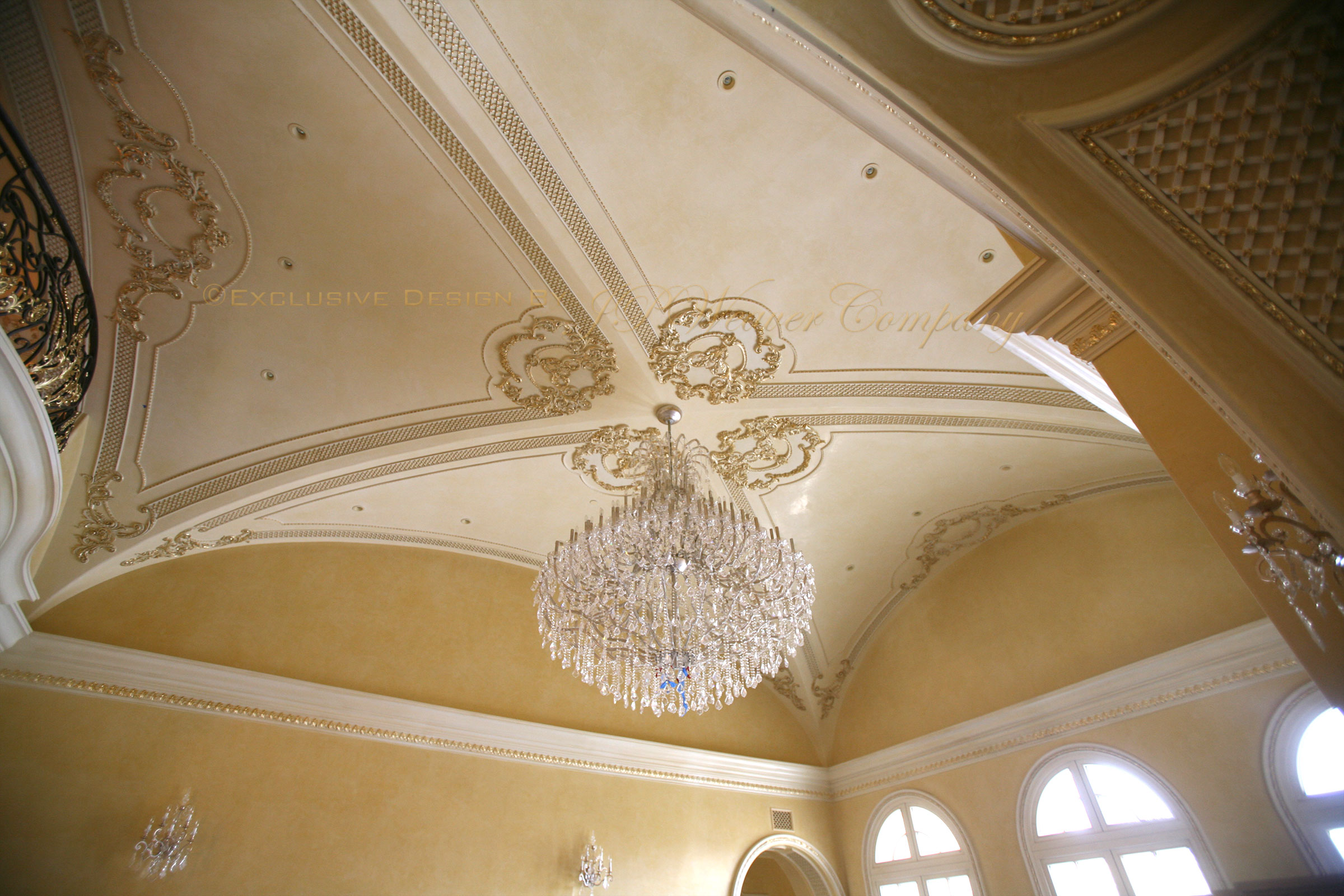
In contemporary architecture and design, the Groin Vault still holds a prominent role and offers a magnificent segregated canvas for color and ornamentation. The “Arrisâ€, or spines of the groin, naturally lead the eye toward the apex, and may also serve borders for individual tableaus and/or integral parts of the design itself.
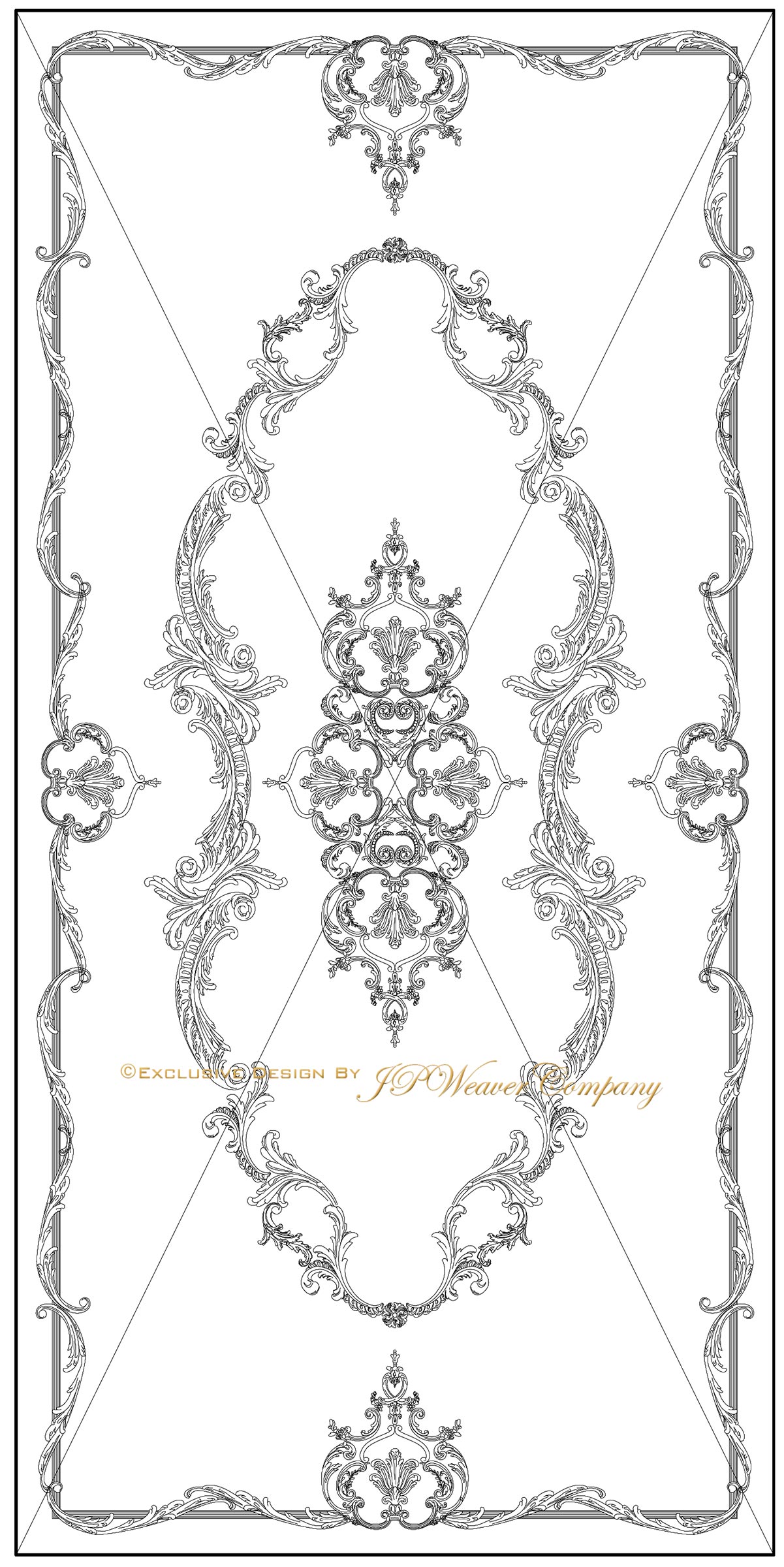
Stephanie Croce, our Design Lead here at JP Weaver Co., has adopted these techniques in addition to creating many of her own. "The Groin Vault lends itself for such wonderful design opportunities in today's architectural ceilings, insofar that the shape and volume itself imbues such a venerable presence, especially when joined with a fluid composition of ornamentation", says Stephanie.
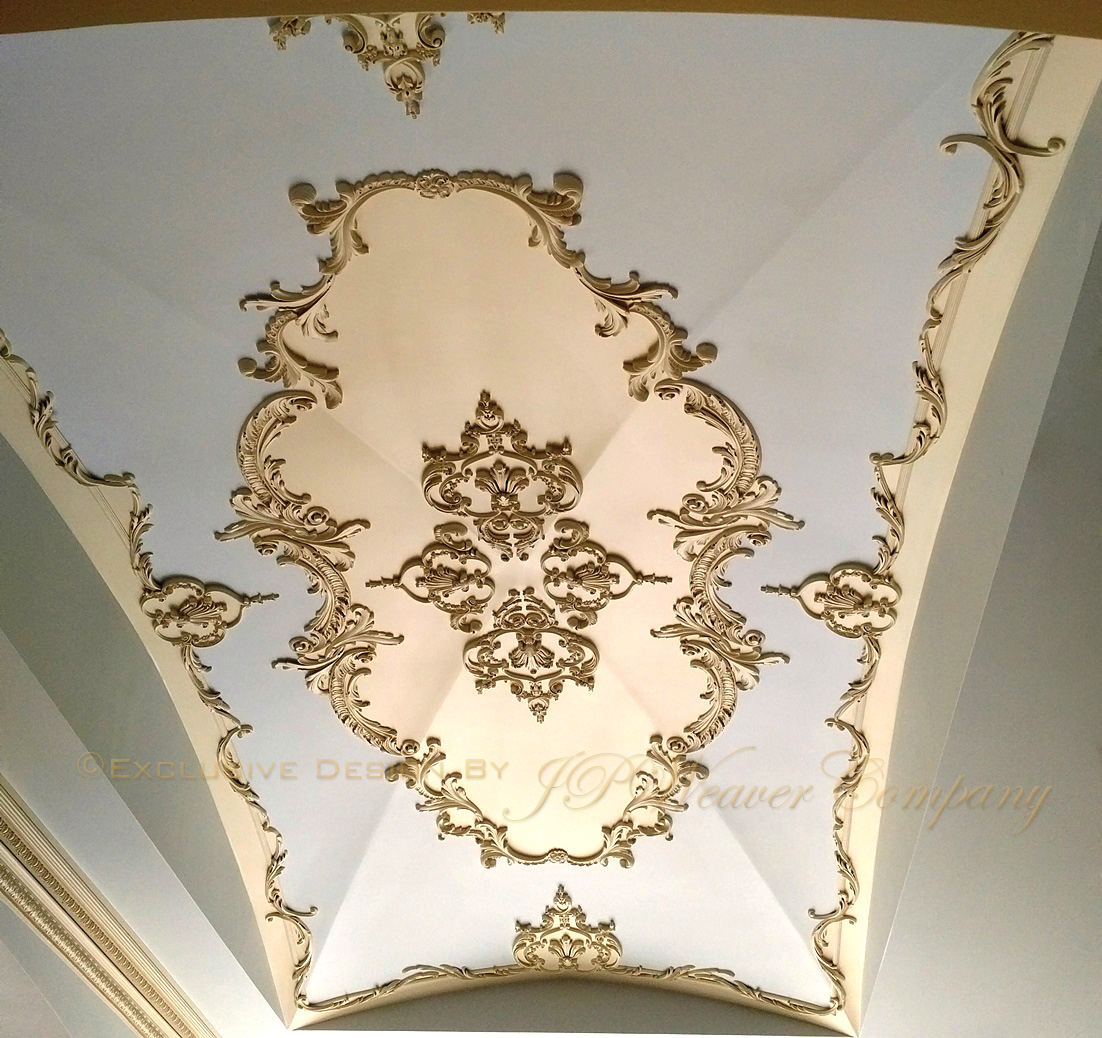
Like in all of our design projects, we have embraced the Groin Vault into our canon and are constantly seeking and creating design entities that live in harmony with this design element; but most importantly live in harmony with our client's design vision. We look forward learning of yours.